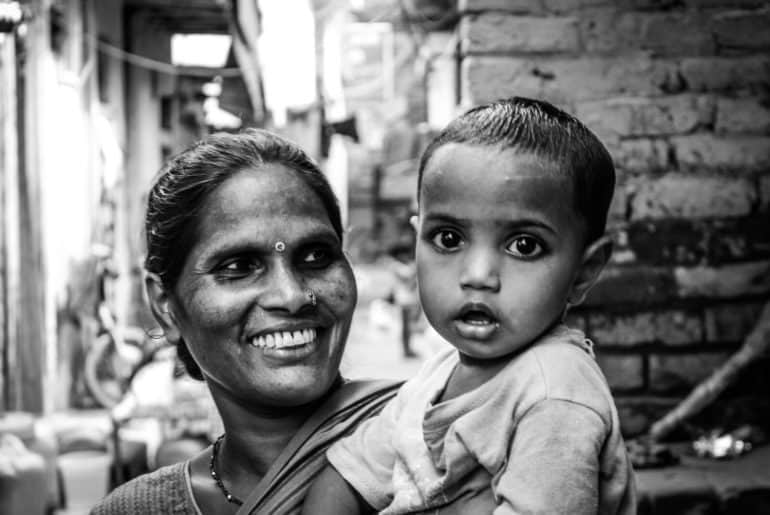Have you ever wondered why some people around us stand out for how short or skinny they are? Or noticed the children in or around construction sites, a little infant who seems to walk/crawl but looks not older than 6 months to 7 months? Dear reader, these observations infact point to a very big problem that we as a nation have failed to address. A frail body or being too short for their age is nothing but a manifestation of childhood malnutrition which is taking a toll on our future. A deeper understanding of the scourge is well evident from the appalling statistics that came up in a research undertaken by CRY, a non-profit organisation that works for Child Rights in India.
An Opportunity Missed
The 0-6 age group is the time when most of our physical, mental and social growth and development happens. The impact of early childhood care and nutrition remains telling throughout our lives. Children who fall prey to malnutrition at this age are very likely to fall short in a lot of areas for almost all of their lives, while those who get the right nutrition, immunization and education would do much better in all indicators of growth, intelligence and social development.
The Glaring Reality
In an effort to see whether children in India are getting ahealthy start, CRY carried out a study on malnutrition in children between the ages of 0-6 years in 18 Slums across 5 metro cities. The results show a very dismal picture with over half the children being too short for their age, and about half of them being underweight for their age. It was also found that other essential services such as timely immunization, regular deworming and provision of nutritional supplements were also not optimal.
Reaching children who missed out
There remain gaps in the effort to reach the affected children as the study found that the planned interventions reach less than half of the beneficiaries. Only 47 per cent of the children were enrolled in Anganwadi Centres through which most of the schemes for children are channeled. The outreach efforts that are planned to educate parents about the right nutrition for their child are also effective only 20 per cent of the times.
Making the difference
In the face of these challenges, the green shoots that stand out are promising, for example 83 per cent children like going to the Anganwadi Centre. The study also pointed that if the quality of services at the centre is bettered then the incidence of child malnutrition also falls. Therefore, there are clear signs which point to the direction which policy should take to create a better future for the children of this country. Let’s move and give our children the bright future they deserve!
-Pankhuri Jha
(Intern, CRY – Child Rights and You)
Pankhuri Jha is an intern with CRY, Delhi. An alumni of Lady Shri Ram College college herself, Pankhuri’s interest lies in the field of development economics, especially the financial and health risks faced by the poor. At CRY she worked very closely with the research team in the analysis of data of the nutritional status among children from the age of 0-6 years in slums across Delhi. The research, in her words helped her, “get a practical insight into the health consequences of living in poverty and a first hand idea as to how this can be corrected”
Image Courtesy : CRY Database






Comments are closed.